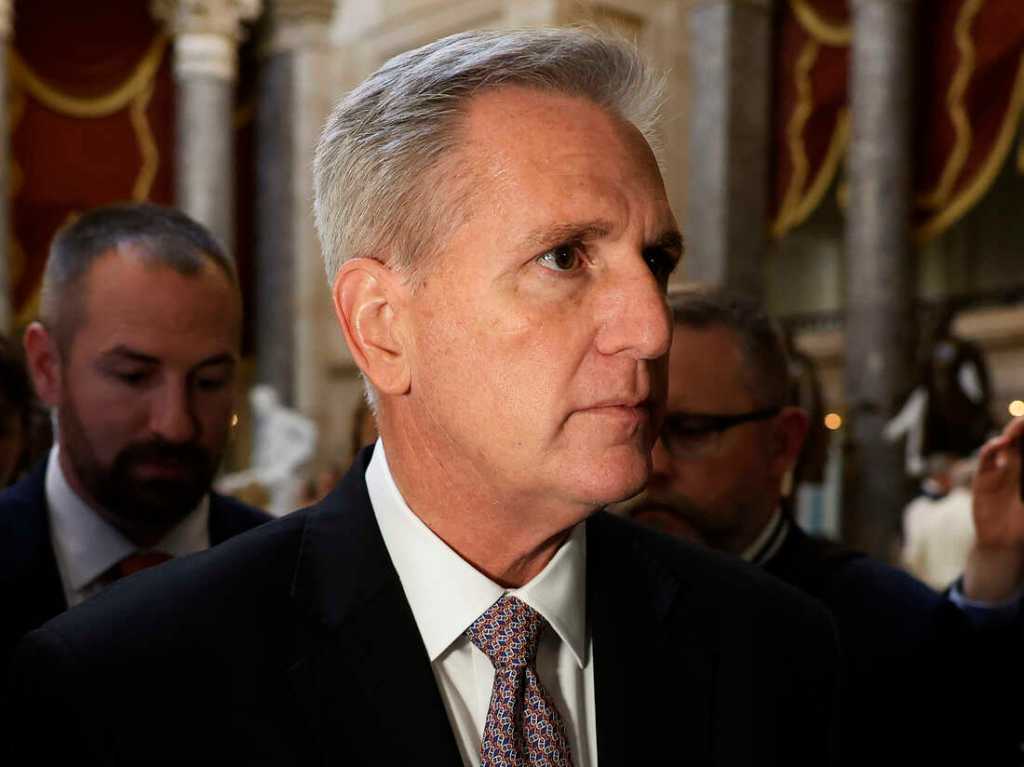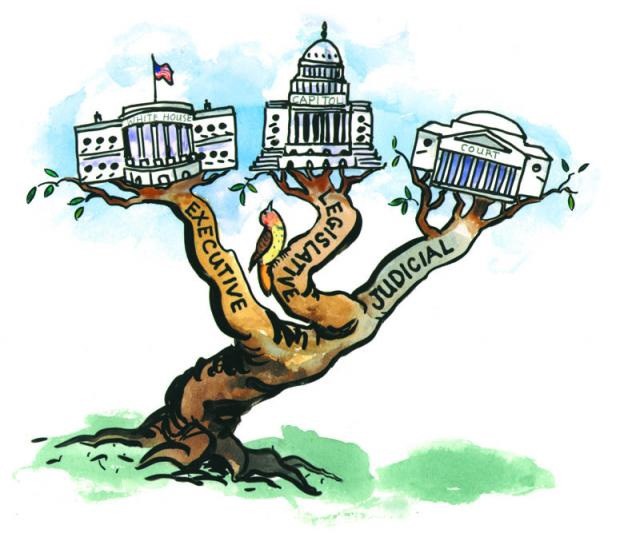March 21, 2021 | Riya Jain
Edited by Irene Kim
Proposition 22 in California, voted on by California residents on election day this year, marks a significant juncture on the growing body of law governing independent contractors and employees. The rise of the gig economy has created a new gray area in labor laws in the United States. Are drivers for apps like Uber, Lyft, DoorDash, and Instacart independent contractors or employees? Proposition 22 frames the issue of worker status as a binary choice based on a long history of case precedent, but fails to provide clear answers on the issue of app-based drivers. The differences between labor classifications are significant because the FLSA affords and guarantees to all employees basic minimum standards such as minimum wage, overtime pay, recordkeeping, and protections against child labor. Legal uncertainty, therefore, raises serious issues. Uncertainty may “deter innovative work arrangements by creating legal risks with respect to misclassifying workers as independent contractors instead of employees” [1]. Moreover, uncertainty hurts workers who may be robbed of wage protections and benefits by employers who improperly classify workers as independent contractors in an effort to minimize their labor costs. Thus, it is especially important that the thousands of app-based drivers for various platforms are adequately protected and don’t fall through the cracks of US labor laws. The creation of digital marketplaces has given rise to a new kind of working relationship, and I argue that app-based drivers are actually better classified into a third category of gig-workers, for it is far better to legislate the gig-economy as it exists rather than trying to force app-based drivers into the mold of a traditional, employer-employee relationship.
The Fair Labor Standards Act (FLSA) and a number of court decisions have long evaluated employment status through a multifactor test that analyzes a worker’s economic dependence on the potential employer. If a worker is “dependent on a particular individual, business, or organization for work,” they are an employee. If a worker is “in business for him- or herself,” they are an independent contractor [2]. However, the six or seven factors lack focus and are overlapping, creating confusion and inconsistency in their application. In an effort to clarify the existing standard, the Department of Labor (DOL), proposed a new part 295 to the Code of Federal Regulations. It maintains that economic dependence is the ultimate inquiry and that actual practice is more relevant than what may be contractually or theoretically possible. But, it creates a new test with five distinct and non-overlapping factors. Proposition 22 came about after California’s Governor Gain Newsom signed Assembly Bill 5 (AB 5) in September 2019 which created a new, significantly more stringent test for determining whether a worker should be classified as an employee or independent contractor. AB 5 presumes that all workers are employees unless the hiring business can prove each part of the ABC test (thereby codifying into law California’s Supreme Court’s decision in the case Dynamex Operations West v. Superior Court of Los Angeles). Under the economic reality test by the DOL, no single factor necessarily disqualifies a worker from independent contractor status. Under California’s ABC test, however, any one of the three parts may be disqualifying. As a result, the DOL when creating new part 295 dismissed the ABC test as “unduly restrictive and disruptive to the economy” [3].
After the California First District Court of Appeal upheld the lower court’s decision in California v. Uber and Lyft to require Uber and Lyft to re-classify its drivers as employees in October, ride-share and delivery app companies immediately sought an exemption for app-based drivers and employers from AB 5 by creating a ballot initiative, Proposition 22. It passed on November 3, 2020, with 58% support, classifying app-based drivers as independent contractors and thereby, exempting them from AB 5. In addition, it enacted various labor, safety, and wage policy protections [4]. Still, the measure was intensely controversial. The “Yes on 22” campaign was backed by various commerce organizations, the Republican Party of California, and most notably Uber, Lyft, Postmates, Instacart, and DoorDash. The “No on 22” campaign was backed by various labor unions, the California Democratic Party, and top Democratic representatives. The latter argue that Uber and Lyft have long abused their drivers by misclassifying them as employees and saving millions in costs associated with providing benefits, minimum wage, and overtime pay [5].
Uber, Lyft, and similar companies are right in avoiding classifying their drivers as employees. In fact, California’s AB 5 doesn’t actually justify why “employee” must be the appropriate classification. Its ABC test skirts the issue entirely by defaulting all workers to employee status and requiring independent contractors to “test out” of the law. App-based drivers meet many factors of the DOL’s five-factor test. They exercise a lot of independence as they are able to pick their schedule whether it’s one hour after work on weekdays or 10 hours on weekends. They can try the app out for only a few weeks or simultaneously work on Uber and Lyft. Drivers also own and have complete control of their cars provided that they meet safety standards, giving them a significant capital investment in their work. They also exercise some entrepreneurial ability as they can take advantage of surge pricing, elevate their in-ride service, or work on a competing app to meet their economic objectives [6]. Curiously, the debate over the status of app-based drivers excludes companies like Airbnb where the only difference between a host and driver is that one sells a good (their home) and the other sells a service (transportation).
Still, app-based are also not independent contractors. A key determination as described in the third prong of California’s ABC test is that “The worker is engaged in an established trade, occupation, or business of the same nature as the work performed.” App-based drivers are not drivers by trade. They don’t have an independent business offering driver services with simply a portion of that income coming from a short-term contract with Uber. Traditionally, independent contractors are doctors who offer their services ad hoc to hospitals or private residents and could be employed by a hospital but perhaps, they prefer the flexibility, independence, and control of owning their own practice. They grow their business by improving their medical skills but also their managerial skills to source new clients and ensure a reliable stream of work (a factor of the DOL’s five-factor test). Uber drivers are not in the career of taxi driving. They generally drive on the side, have a separate profession or trade, and do not have an entrepreneurial level of control over their driving. Uber drivers do not have the power to source their clients nor can they set their own pricing. That work is all done by the app. The company implements safety standards that all drivers must comply with, including driving a safe and maintained car, initial background checks, and route monitoring.
Keeping drivers as non-employees is essential to these companies’ business models. Uber and Lyft are right: employing their drivers requires them to provide benefits that would raise labor costs by at least 20% [7]. As a result, they would be forced to hire only a fraction of current drivers, the hiring process for drivers would be more exclusive and competitive, and people would see prices sky-rocket rendering the app largely unusable. These costs are prohibitively expensive because even though Uber might collect millions of dollars in investment and revenue, the company has actually never turned a profit. But, more importantly, employing drivers literally destroys their entire business model. Companies like Uber, Lyft, DoorDash, Instacart, and others have upended the traditional business model by creating and brokering a marketplace that matches demand and supply instead of directly providing a good or service. These companies don’t seek to “train employees, schedule them, review their performance, and designate which jobs they must accept” [8]. This level of control is antithetical to the platform Uber has created. It doesn’t care whether drivers show up on Sunday or on holidays. Thus, Uber has always considered itself “a technology company, not a transportation business” [9]. It’s for this reason that Uber’s model can be expanded from ride-sharing to food-delivery and trucking with Uber Eats and Uber Freight.
Thus, app-based drivers are fundamentally neither employees nor independent contractors. In regards to Proposition 22, Uber and Lyft are not without fault. These companies poured $203 million into the “Yes on 22” campaign – outspending the opposition 20:1 – and effectively bought their way out of AB 5 [10]. They also threatened to pull the app out of California which undoubtedly coerced many voters. Additionally, the DOL’s five-factor test and California’s ABC test certainly matter because there are many profit-maximizing companies that do mask the true nature of their relationship to workers. However, in the case of Uber and Lyft, drivers are gig-workers who engage in gig-work on the side, enjoy the flexibility and low-skill required, depend on other platforms to connect them to clients, and are under a moderate level of control by that platform. A small percentage of people do drive for Uber full-time. But driving for Uber was never intended as a career opportunity and simply working more hours on the app doesn’t change a driver’s working relationship. I don’t aim to craft a legally precise test or definition of gig-workers but simply posit that California’s ABC test and the DOL’s five-factor test cannot properly solve the problem of classifying app-based drivers because they attempt to force a “new” worker relationship into old models [11]. On-demand startups are booming and now provide services like cleaning, trucking, grocery delivery, vacation rentals, and of course, ridesharing and food delivery. Protecting app-based workers requires that their legal status accurately defines the work that they do so that their economic interests are adequately defended.
Jain is a junior double majoring in Political Science and Economics.
Sources:
[1] Independent Contractor Status Under the Fair Labor Standards Act, 85 Fed. Reg. 60600 (proposed on September 25, 2020).
[2] Ibid.
[3] Ibid.
[4] “California Proposition 22, APP-BASED Drivers as Contractors and Labor Policies Initiative (2020).” https://ballotpedia.org/California_Proposition_22,_App-Based_Drivers_as_Contractors_and_Labor_Policies_Initiative_(2020)#cite_note-ab5-2.
[5] Simet, Lena, and Amos Toh. “Submission to US Department of Labor Re: Independent Contractor Status under Fair Labor Standards Act,” October 28, 2020. https://www.hrw.org/news/2020/10/26/submission-us-department-labor-re-independent-contractor-status-under-fair-labor#_ftn5.
[6] Fishman, Stephen. “Uber Drivers Are Contractors Not Employees According to the NLRB.” Nolo, June 6, 2019. https://www.nolo.com/legal-encyclopedia/uber-drivers-are-contractors-not-employees-according-to-the-nlrb.html#:~:text=By%20Stephen%20Fishman%2C%20J.D.,and%20the%20right%20to%20unionize.
[7] Bensinger, Greg. “Other States Should Worry About What Happened in California.” The New York Times, November 7, 2020. https://www.nytimes.com/2020/11/06/opinion/prop-22-california-labor-law.html.
[8] Bensinger, Greg. “Startups Scramble to Define ‘Employee’.” The Wall Street Journal, July 30, 2015. https://www.wsj.com/articles/startups-scramble-to-define-employee-1438228860.
[9] Rosenblatt, Joel. “Why Uber Is Arguing Drivers Aren’t Part of ‘Core Business’.” Time, September 12, 2019. https://time.com/5675637/uber-business-future/#:~:text=Part%20of%20that%20legal%20argument,course%E2%80%9D%20of%20the%20company%27s%20business.
[10] Whittaker, Meredith. “Prop 22: Where Do Gig Workers Go From Here?” OneZero, November 5, 2020. https://onezero.medium.com/amp/p/e6eaa3ee2324.
[11] Rosenblatt, Joel. “Uber Won Its Prized Contractor Status for Drivers. Now What?” Bloomberg Law, November 4, 2020. https://news.bloomberglaw.com/daily-labor-report/uber-won-its-prized-contractor-status-for-drivers-now-what.
Photo Credit: CalMatters





Leave a comment